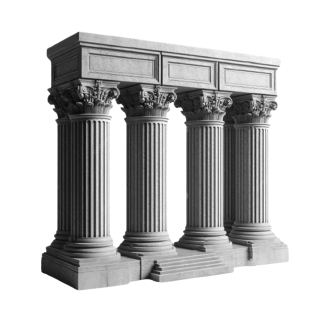
Overview
Wales' best-known slice of nature became the country's first national park in 1951. Every year more than 400,000 people walk, climb or take the train to the 1085m summit of Snowdon. Yet the park offers much more – its 823 sq miles embrace stunning coastline, forests, valleys, rivers, bird-filled estuaries and Wales' biggest natural lake.
Plan your trip with Guide, an AI travel planner!
Create a personalized trip itinerary in seconds using artificial intelligence.
Must-see attractions
Planning Tools
Expert guidance to help you plan your trip
Best Places to Visit
Put off the January blues in 2026 by booking an off-season experience in Europe.
Read full article
Get a book. Get inspired. Get exploring.
in partnership with getyourguide








